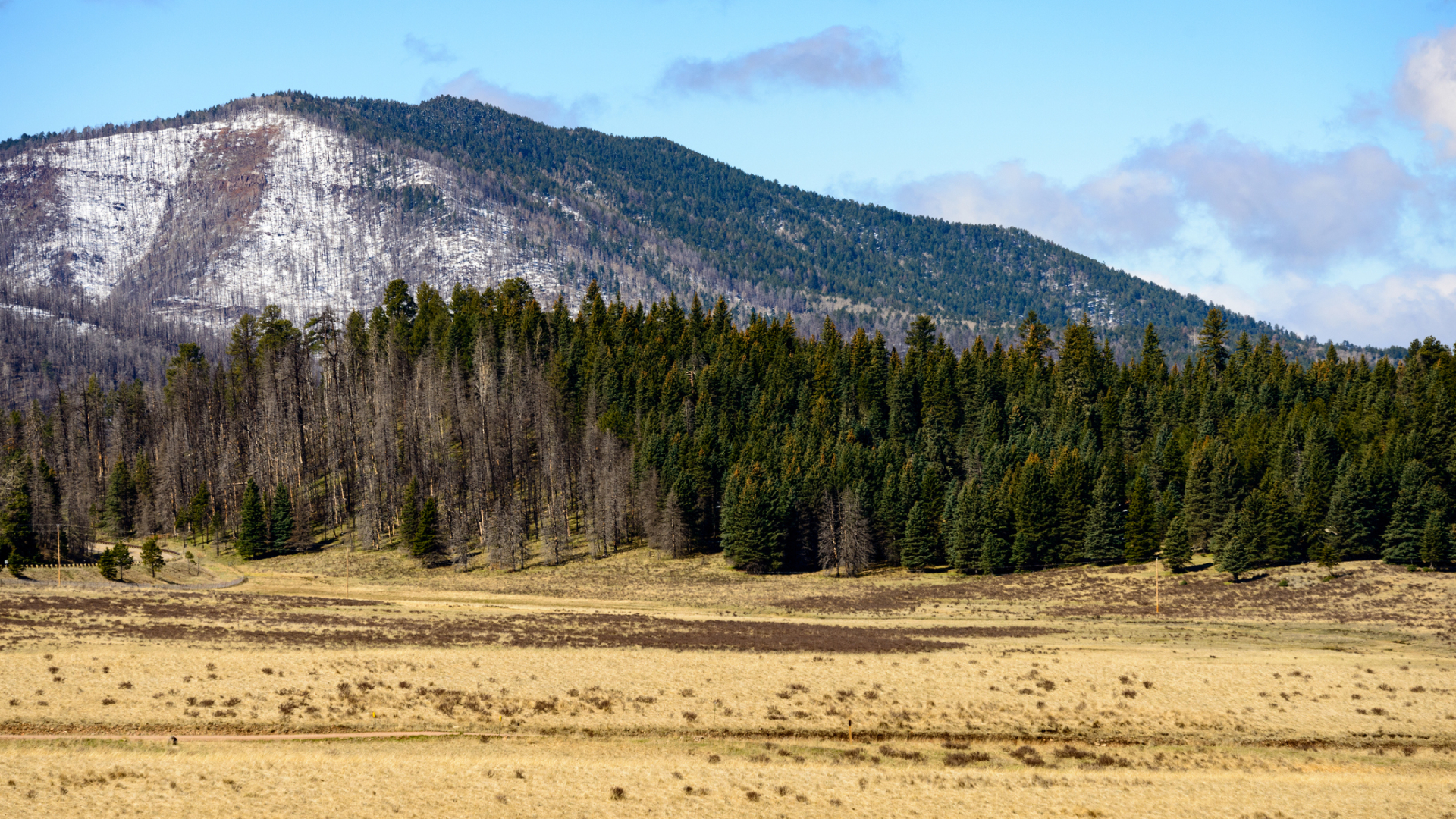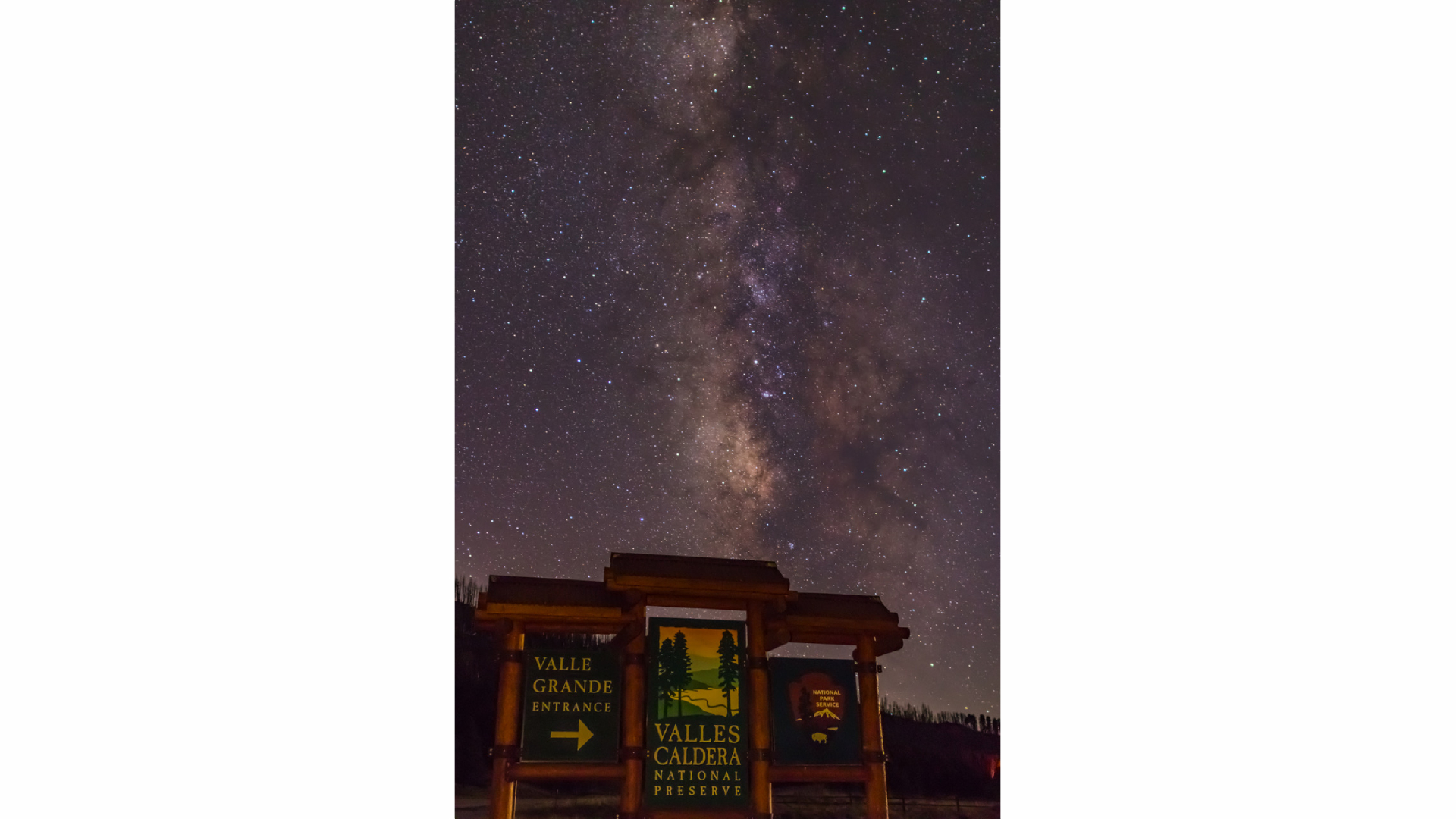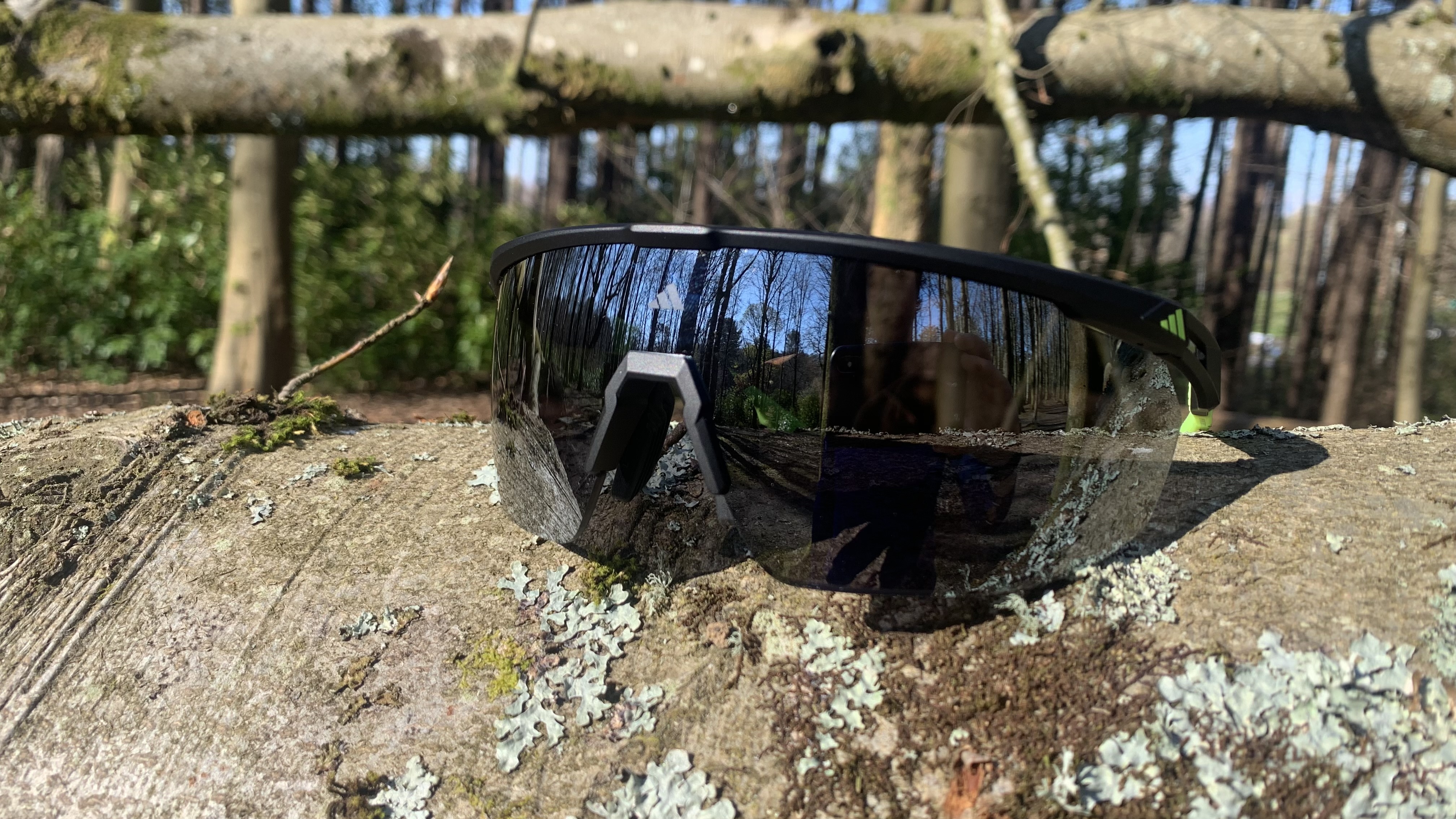New Mexico’s Valles Caldera National Preserve tabbed as International Dark Sky Park
Certification recognizes the exceptional quality of the preserve's night skies

A national preserve in northern New Mexico is receiving recognition for its dark skies. The Valles Caldera National Preserve in the Jemez Mountains has been certified as an International Dark Sky Park.
The National Park Service and the International Dark Sky Association announced on February 3 that Valles Caldera National Preserve near Jemez Springs, NM, has been certified as an International Dark Sky Park. This certification recognizes the exceptional quality of the preserve’s night skies and provides added opportunities to enhance visitor experiences through astronomy-based interpretive programming, according a story in the Los Alamos Daily Post.
- Looking for the best binoculars? Check out our expert buying guide
- Light your way when stargazing with the best head lamps
- The northern hemisphere night sky: stars, planets and galaxies to look out for this winter
Located in the Jemez Mountains of north-central New Mexico, Valles Caldera National Preserve is the newest national preserve in the US, having been designated by a preservation act in 2000. The preserve is centered around an ancient 13.7-mile wide volcanic caldera and surrounding landscape that includes hot springs, streams, fumaroles, natural gas seeps and volcanic domes.
The preserve property is known for its excellent hiking, wildlife viewing, camping, fishing and mountain biking in the summer, and cross-country skiing and snowshoeing in the winter. It’s also a great place to learn about wonders of the night sky, according to Jorge Silva-Bañuelos, park superintendent at Valles Caldera National Preserve, who said it was possible to see the Milky Way, meteor showers, planets, and star constellations, unobstructed by light pollution.
“The night sky has inspired countless humans to dream, invent, and explore,” Silva-Bañuelos enthused. “With this certification, we are committed to preserving our dark night skies and sharing all that we can learn from them with our surrounding communities and visitors to Valles Caldera.”
While the certification does not carry any legal or regulatory authority, it demonstrates a commitment by land managers to reduce light pollution and improve night skies through use of energy-efficient, sustainable lighting. Certification also reaffirms a commitment to educate the public and local communities about the importance of dark-sky compliant outdoor lighting and opportunities to work together to preserve shared resources and values.

Valles Caldera joins more than 100 other locations around the world that have received a dark sky certification. International sites on the list include Bodmin Moor (England), Bukk National Park (Hungary), De Boschplaat (Netherlands), Eifel National Park (Germany), Galloway Forest Park (Scotland), Kozushima Island (Japan), Wai-Iti (New Zealand).
Advnture Newsletter
All the latest inspiration, tips and guides to help you plan your next Advnture!
Other US parks on the list include Antelope Island State Park (Utah), Big Bend National Park (Texas), Canyonlands National Park (Utah), Death Valley National Park (California), Grand Canyon National Park (Arizona), Great Sand Dunes National Park and Preserve (Colorado), James River State Park (Virginia) and Voyageurs National Park (Minnesota).
Check out Advnture's guide to the best places in the US for dark sky stargazing.
The International Dark Sky Places Program was founded in 2001 to encourage communities, parks, and protected areas to protect dark sites. The National Park Service web page for Valles Caldera states that astronomy events will be held throughout the year in collaboration with many partner organizations, including Los Amigos de Valles Caldera, Village of Jemez Springs, Los Alamos County, Pajarito Astronomers, and Pajarito Environmental Education Center.
International Dark Sky Park certification promotes public education and astronomy-based recreation in parks while improving energy efficiency and reduced operational costs through outdoor lighting upgrades, which in turn creates economic opportunities for neighboring communities through astronomy-based tourism.
Brian is an award-winning journalist, photographer and podcaster who has written for Runner’s World, The Times, Outside, Men’s Journal, Trail Runner, Triathlete and Red Bulletin. He's also the author of several books, including Kicksology: The Hype, Science, Culture and Cool of Running Shoes. He lives in Boulder, Colorado, and loves to run, bike, hike, camp, ski and climb mountains. He has wear-tested more than 1,500 pairs of running shoes, completed four Ironman triathlons, as well as numerous marathons and ultra-distance running races.

